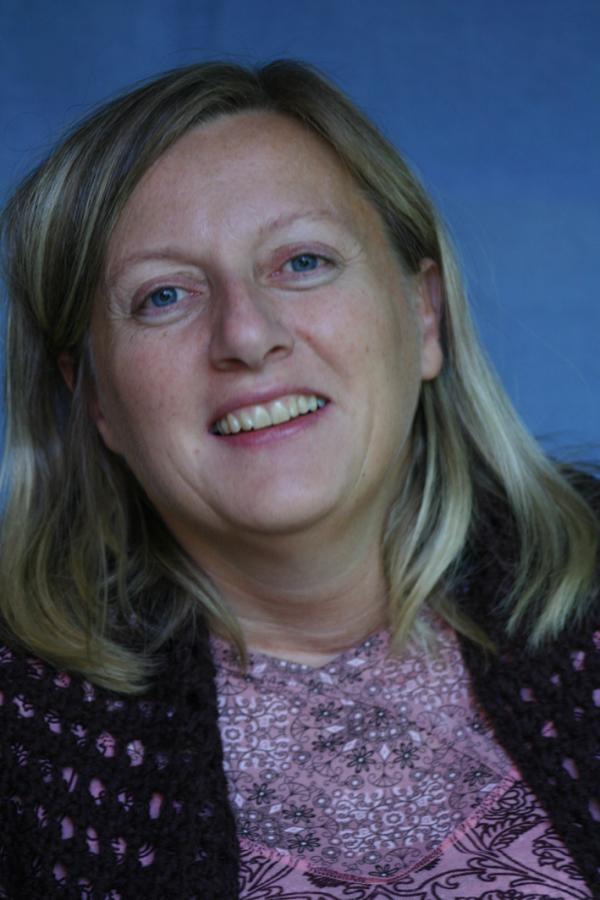
“We were a bit surprised that there is such a strong conviction at the research institutes that researcher talent is divided evenly between women and men. This belief is probably the reason that the institutes actually try to do something about gender balance. The desire to secure this talent, regardless of gender, is the motivation behind their gender equality efforts,” says Aagoth Elise Storvik, sociologist and researcher at the Institute for Social Research (ISF) in Oslo.
Storvik has prepared the report entitled Kvinners karrieremuligheter i forskningsinstituttsektoren (“Women’s career opportunities in the research institute sector”), which was commissioned by the Committee for Mainstreaming – Women in Science (the Kif committee).
Few existing studies
Compared with the university and university college sector, few studies have been conducted on the Norwegian research institute sector. One exception is Agnete Vabø and Inge Ramberg’s report on working conditions in Norwegian research published earlier this year. In contrast to this report, the new ISF report explores this issue from the employer’s perspective.
The first part of the study consisted of a questionnaire that was sent to all research institutes. The survey showed, among other things, that almost all institute leaders believed that a certain degree of gender balance among the researchers at their own institute was crucial for guaranteeing good research production.
Although the institutes would like to have good gender balance, they still have a way to go. It was common knowledge that only 37 percent of researchers in the research institute sector are women. However, there was no overview of how many women held leadership positions in the sector.
“Women comprise 32 percent of the research leaders with personnel management responsibilities. Among the other high-level scientific positions, women account for 34 percent of the total,” says Storvik.
She points out that these figures vary among the different types of institutes. At the social science institutes almost half of the research leaders are women, whereas at the technical-industrial institutes only one-fifth are women.

Few and far between at the top
An average of 32 percent female research leaders was only slightly less than what could be expected in light of the percentage of female researchers overall. But this figure declines dramatically at the higher levels of the institute, where women comprise only 16 percent of the leaders.
The study also shows that there are far fewer women than men at Research I level in the institute sector. One-fourth of the social science institutes had less than ten percent women at this level.
“These figures suggest that the greatest challenge facing the institute sector is both to raise the percentage of women researchers in general and to appoint more women in leadership positions at the institutes. Since institute leaders are so visible, they can serve as role models and thereby increase the number of women in research even more,” Storvik believes.
Kvinners karrieremuligheter i forskningsinstituttsektoren (”Women’s career opportunities in the research institute sector”) is a study comprised of several different parts: a questionnaire that was sent to all institute leaders in Norway, which had a response rate of 65 percent, as well as case studies of three research institutes and an analysis of existing register data.
The study showed that two of the three institutes which participated as case studies believed that they had good gender balance overall. However, the institutes showed distinct differences in the percentage of women employed at the various scientific levels. Storvik interprets the fact that they both characterized themselves in the same way to be the result of different perceptions of what gender equality entails.
”For some, gender equality means treating everyone alike, while for others it means having gender balance in the various position categories.”
Different definitions
The institutes also had different interpretations of what gender balance entails. One institute noted that almost half of their researchers were women and therefore they had nearly achieved gender balance, while another institute pointed out that half of their leaders were women. Nonetheless, at both institutes it was mostly men who held the highest positions ('Researcher I' and similar positions).

Leaders at both institutes appeared to associate the idea of gender balance with a department rather than a position category. As a result, the two institutes said that they wanted to employ more men in female-dominated departments even though women were clearly in the minority overall in terms of positions categories at the institutes.
Generally speaking, the institute leaders believed that they did not see any difference between men and women as researchers and employees with respect to scientific publication, dissemination, network-building, project management, project acquisition and supervision.
“The only thing the institute leaders, or at least half of them, pointed out was that women put more emphasis on the possibility of working in a part-time position,” says Aagoth Elise Storvik.
Greater flexibility
More flexibility in recruitment and appointment procedures was often cited as an example of the difference between the research institute sector and the university and university college sector.
“The institute sector sometimes makes appointments via informal procedures. This makes it easier to employ someone who had been identified as a talented researcher. This may benefit women if there is a desire to appoint more women. By the same token, we know that this type of recruitment usually takes place through networks that in the past have probably favoured men. In other words, the outcome will depend on those who hold the highest positions, what they do and want,” says Storvik.
The institute leaders were asked which measures they had used to improve the gender balance with respect to the ten most recent appointments of researchers and the five most recent appointments of research leaders at their institute. Half of the respondents said that they had taken some specific action when appointing researchers. However, slightly more than half had employed measures to recruit women to research leadership positions.
“According to the respondents, the most common action taken was to seek out female candidates for researcher and leadership positions and encourage them to apply. Twenty-eight percent say they did this,” says Storvik.
Very few institutes said that they had used quotas to improve their gender balance, but a few had worded job announcements in a way that would encourage women to apply.
The next step
When asked what she believes the next step should be for the research institutes, Storvik points to the technical-industrial and natural science segment of the sector.
“This is where the problems are greatest, with very few female researchers. It is also a challenge for the entire sector to recruit more women to leadership positions.”
Translated by Connie Stultz.
Aagoth Elise Storvik of the Institute for Social Research (ISF) has prepared the report entitled Kvinners karrieremuligheter i forskningsinstituttsektoren (”Women’s career opportunities in the research institute sector”), which was commissioned by the Committee for Mainstreaming – Women in Science (the Kif committee).*
The report investigates, among other things, the percentage of women in different types of research leadership positions in the research institute sector and the percentage of women at the highest levels of the institutes. She has also studied how the attitudes and practices of the institute leaders may influence research career opportunities for women and men.
